Activities
Conservatória
In addition to all attractions that the region offers, there are wonderful roads and trails for road cycling and mountain biking, with lots of nature and safety. Conservatória is, witout a doubt, one of the best destinations in Brazil for cycling.
Farms
Farms
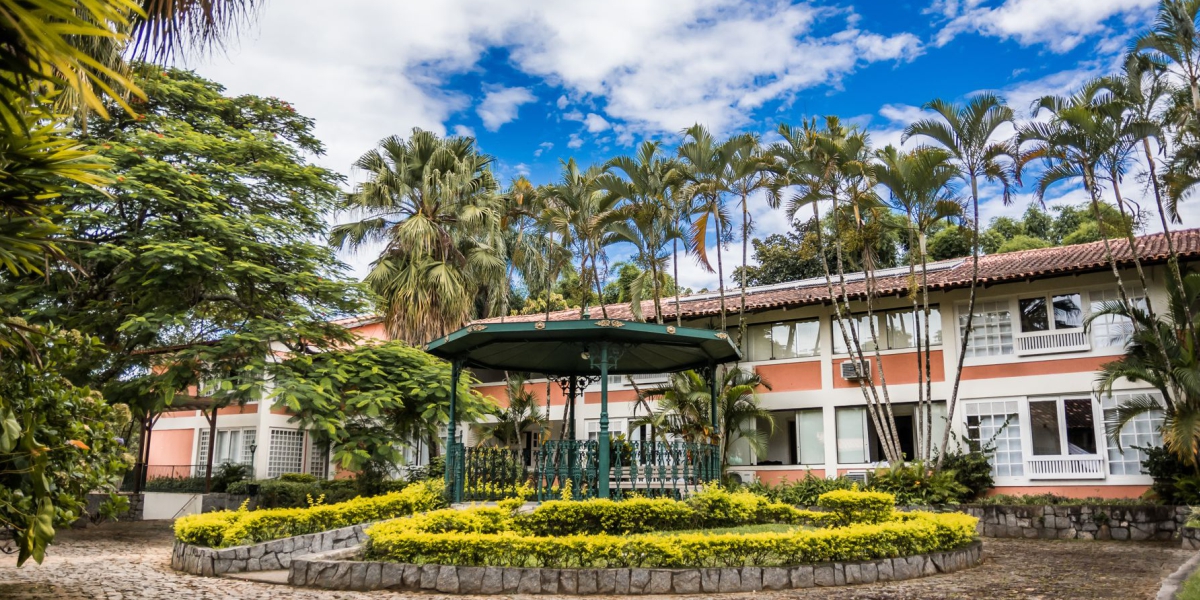
Casa de Cultura
Casa de Cultura
Built in the 19th century, the mansion once belonged to the families of coffee baron Francisco Leite Ribeiro and priest João Pedro Seabra. The house is always open and offers temporary and permanent exhibitions. It has a small collection of radios and record players, such as a gramophone from 1910 and a radio record player from the 1940s.
There are around fifty works by artist Luiz Figueiredo, who spent part of his childhood in the city. The collection was restored by the Portinari Foundation in partnership with the State Department of Culture. Several museums of naïve art (produced by artists without academic training) in Europe also have works by him.
The fountain in the square below Conservatória belonged to Luiz Figueiredo's apartment, in Copacabana.
A collection from the Seresta Museum, with photos, music and news, is also maintained by the Casa da Cultura. The famous serenades depart from there on Friday and Saturday nights.
Silvio Caldas Museum, Gilberto Alves, Guilherme de Brito and Nelson Gonçalves
Silvio Caldas Museum, Gilberto Alves, Guilherme de Brito and Nelson Gonçalves
The attraction was built around 10 years ago, with the aim of trying to faithfully reproduce a 19th century townhouse. The collection brings together documents, photographs, records and personal objects of Sílvio Caldas, Guilherme de Brito, Gilberto Alves and Nelson Gonçalves. There are, for example, Guilherme's professional card, Nelson's panama hat, the guitar that Juscelino Kubistcheck offered to Silvio Caldas in 1957 and Gilberto Alves' personal objects, as well as trophies, records, plaques, clothes, photographs, books and documents.
Santo Antônio Church
Santo Antônio Church
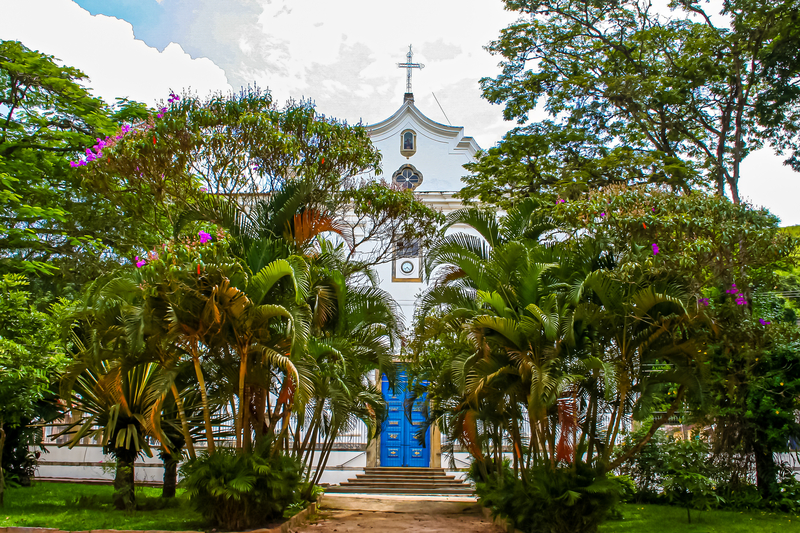
Serra da Beleza
Serra da Beleza
In fact, Serra da Beleza is called Serra da Taquara, and, some time ago, the mountain was, and still is, sought after by ufologists and on several occasions the mountain was mentioned in magazines and newspapers as a point of Extraterrestrial Events, UFOs. It is without a doubt one of the most beautiful places to observe the region.
Mountain with typical relief, where the peaks are rounded and at different levels. The vegetation on the slopes has sections of virgin, medium and high forest, capoeirãos and mainly lowlands. The highest stretch of RJ 137 is called Mirante da Serra, being the best place to appreciate the beautiful landscape that surrounds the region, with views from Pico do Cavalo Ruço to the Tower of the Church of Santa Rita de Jacutinga (MG ), and from where you have a broad view of the immense Rio Preto Valley. During the month of July the temperature reaches 10 C.
Place visited by fans of extraterrestrial phenomena.
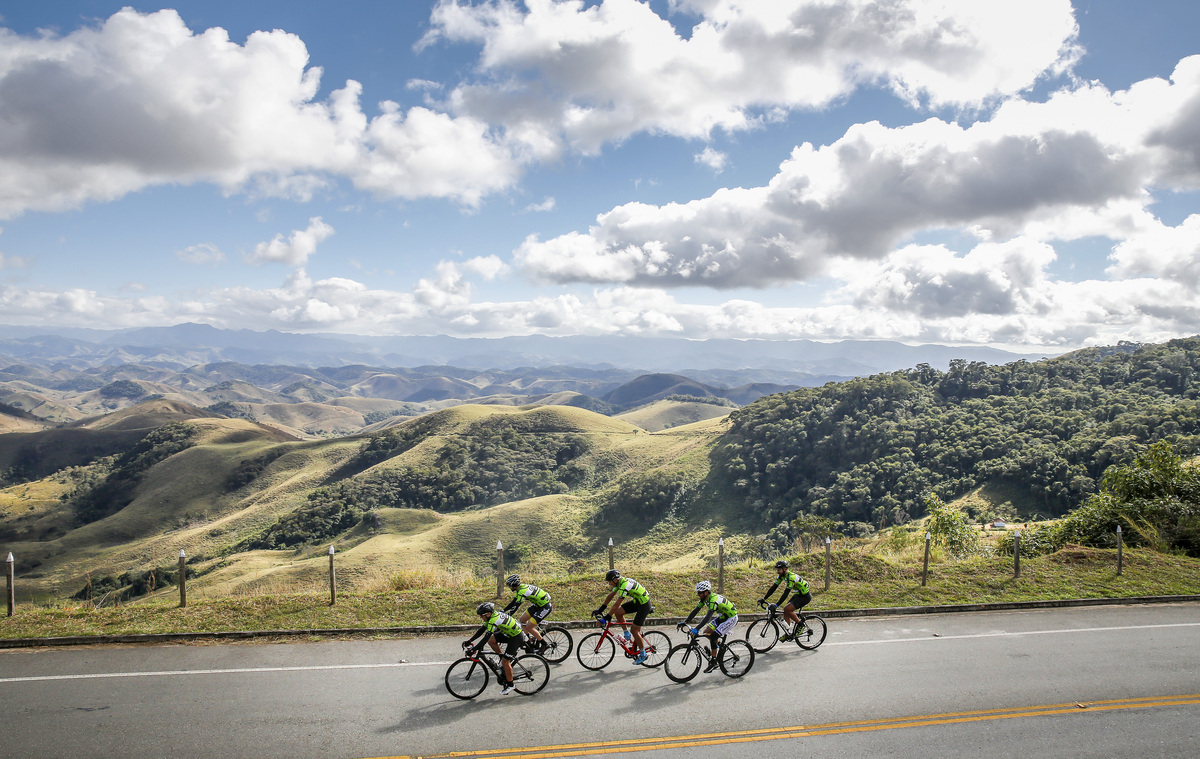
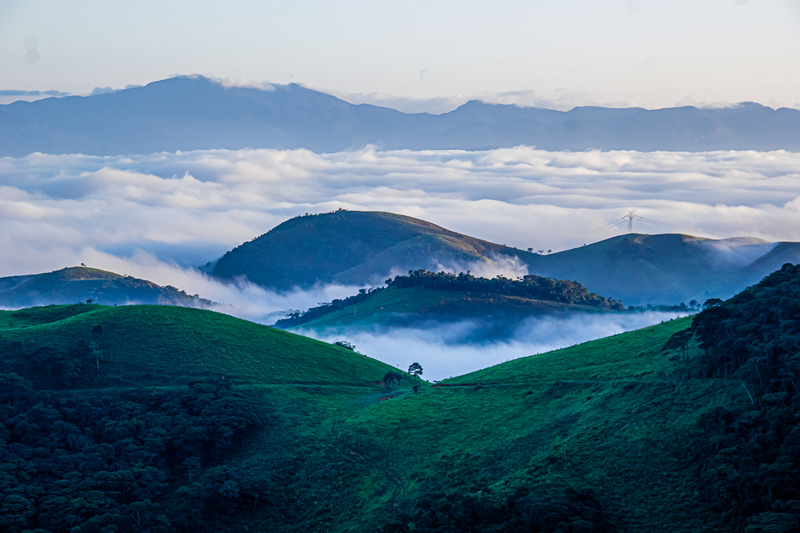
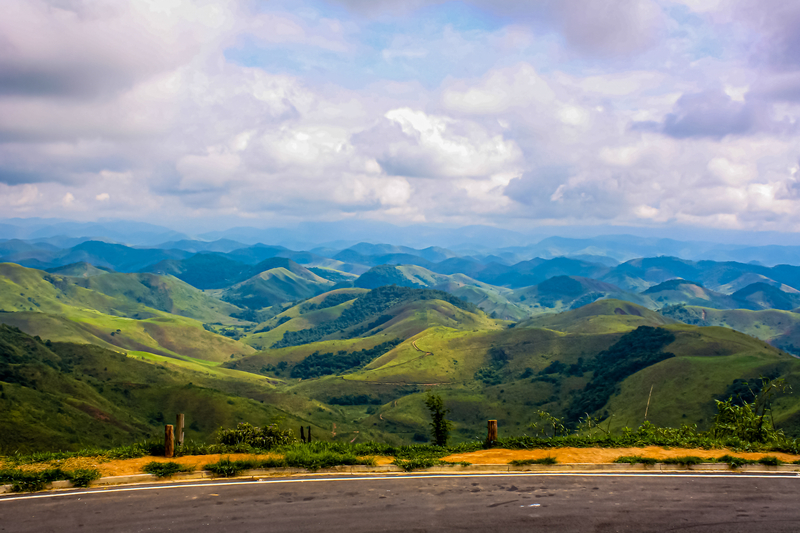
UFOs
UFOs
Conservatory is currently considered one of the main UFO observation points, and congresses and ufology film festivals are even held there.
Crying Tunnel
Crying Tunnel
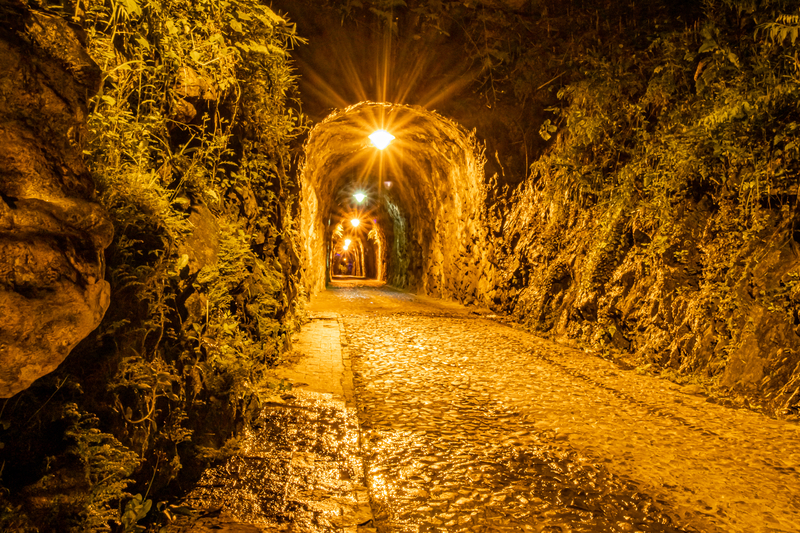
Ponte dos Arcos
Ponte dos Arcos
The bridge of arches was built between 1877 and 1883, by the extinct Santa Isabel railway, it was inaugurated by Dom Pedro II in 1884, and since the last train passed through it in 1963, the bridge has become an attraction tourist attraction in the area, being one of the oldest bridges on the railway network that is still standing. The Arches Bridge is 100m long, 12m high and 4m wide and was built in stone, lime and whale oil. It is made up of two full arches, built in the Egyptian style, with juxtaposed stones, operating in tension and compression. Its base is made up of large overlapping stones and the body of the bridge with smaller, round stones, is located on the Conservatória / Santa Isabel do Rio Preto road, on the banks of the River Plate, next to a small waterfall, between hills.
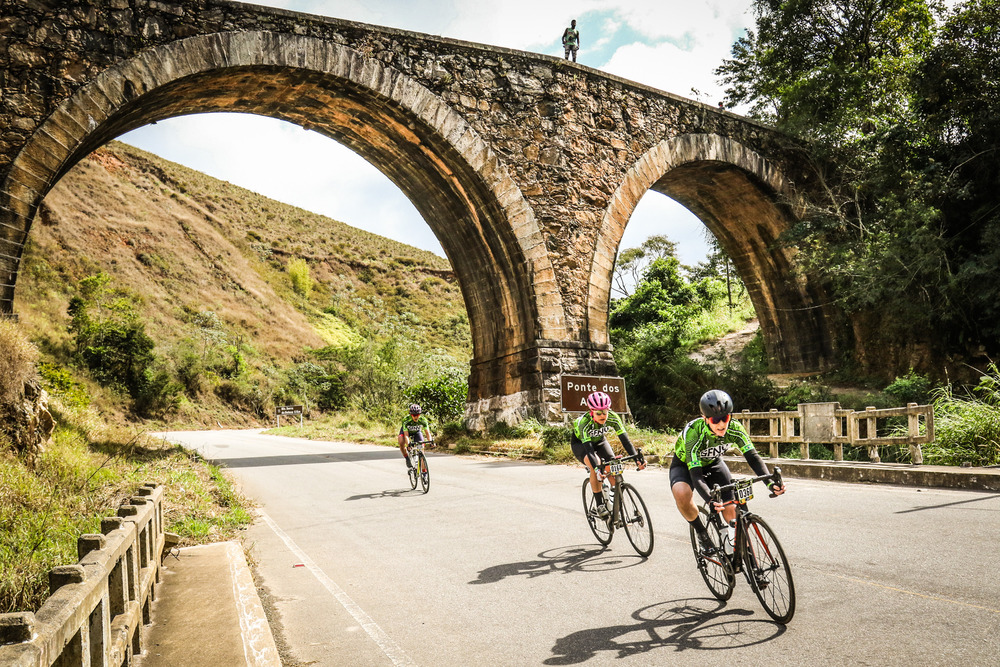
India Waterfall
India Waterfall
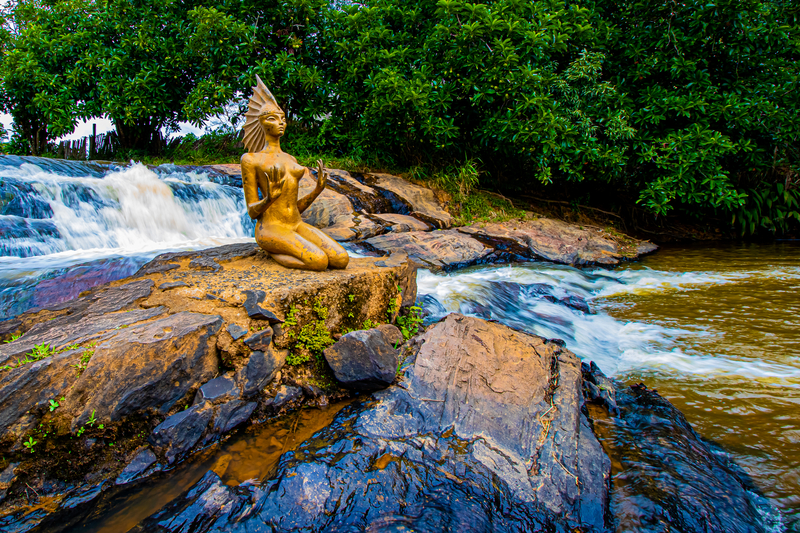
Locomotive 206
Locomotive 206
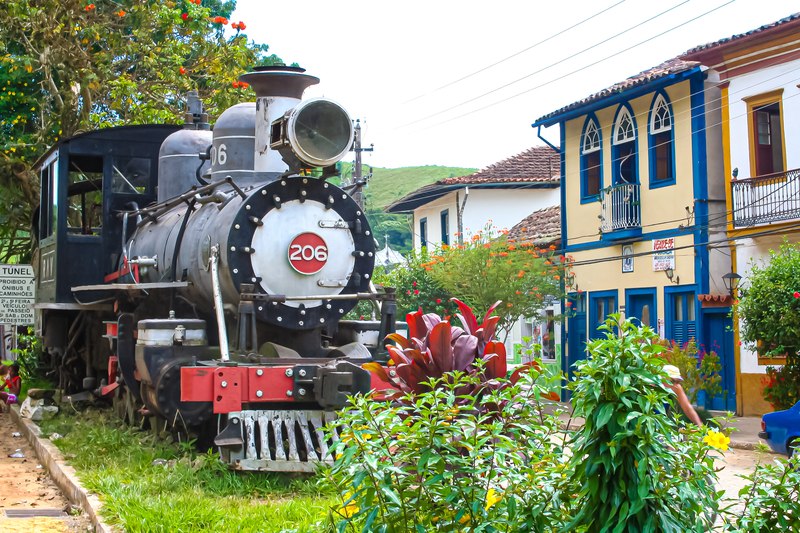
Cine Centimeter / CineMúsica
Cine Centimeter / CineMúsica
Replica of the Cine Metro Tijuca in Rio de Janeiro, the Cine Centimeter in Conservatória is a way of bringing back memories of the era of street cinema. The visit is a journey through time with old films and a collection of pieces and replicas from the time.
Institutional Partner
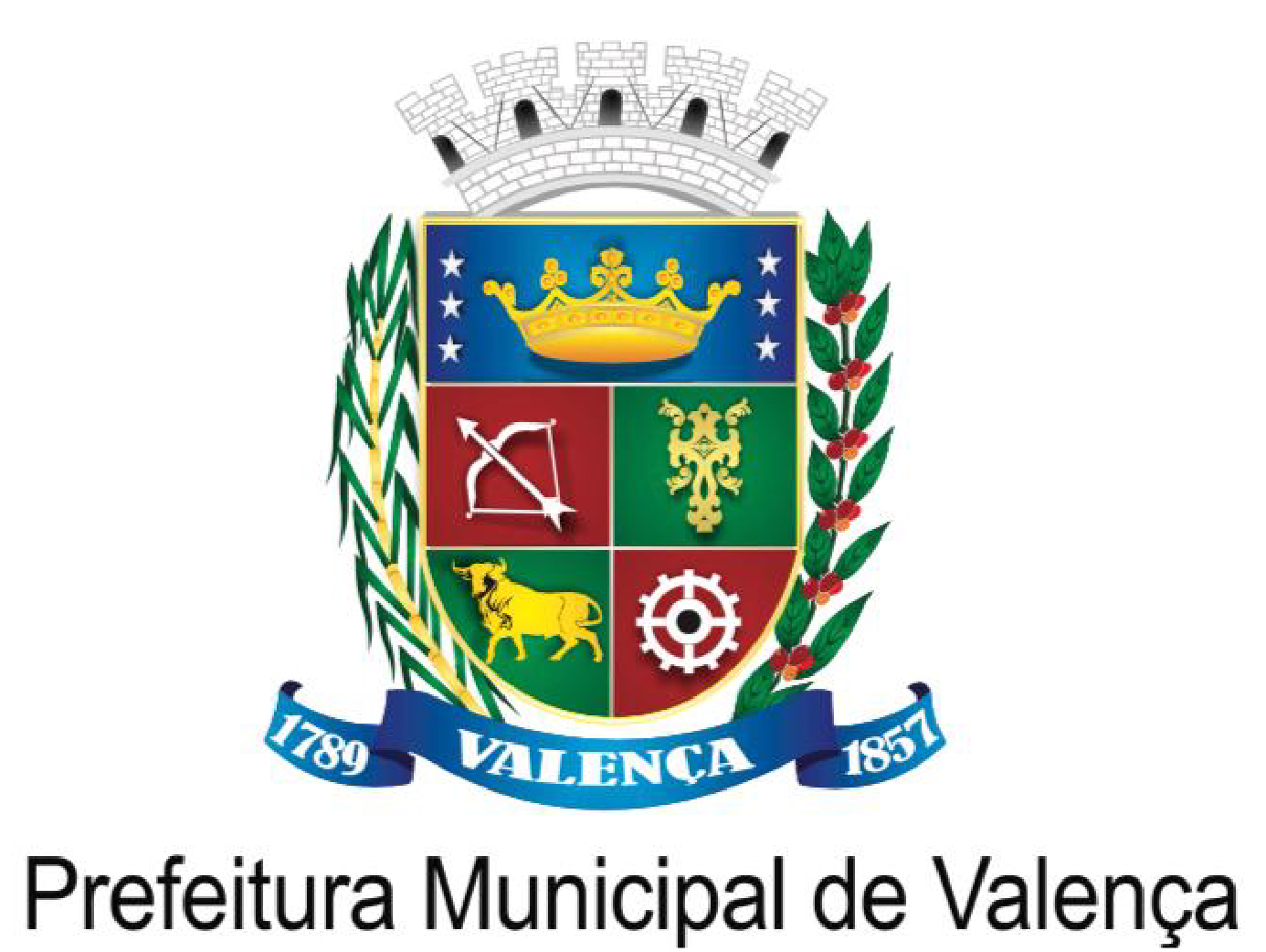

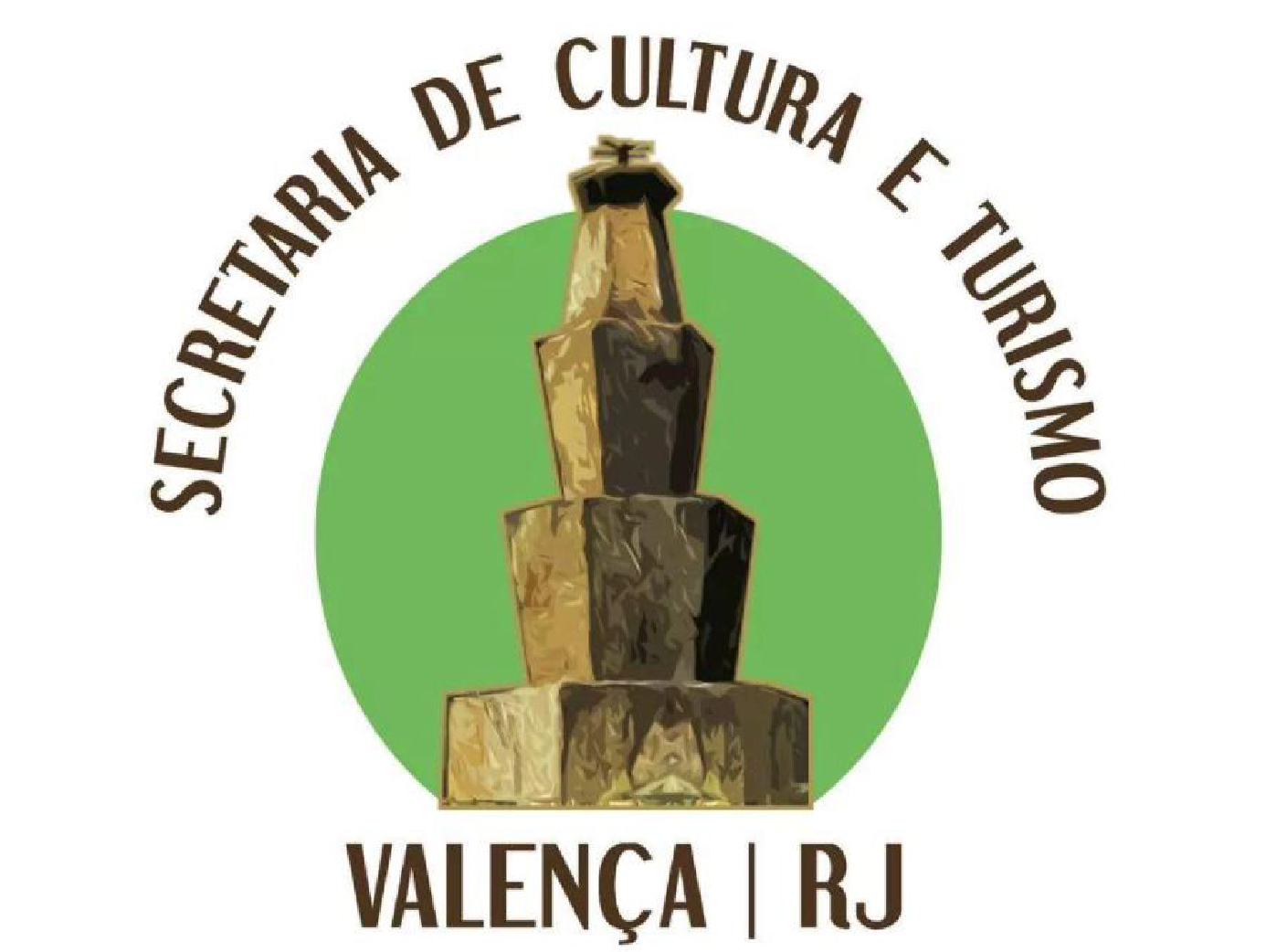

Partners

